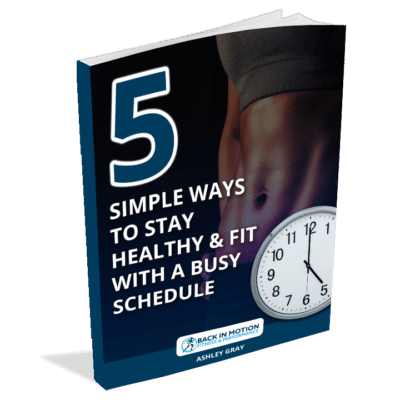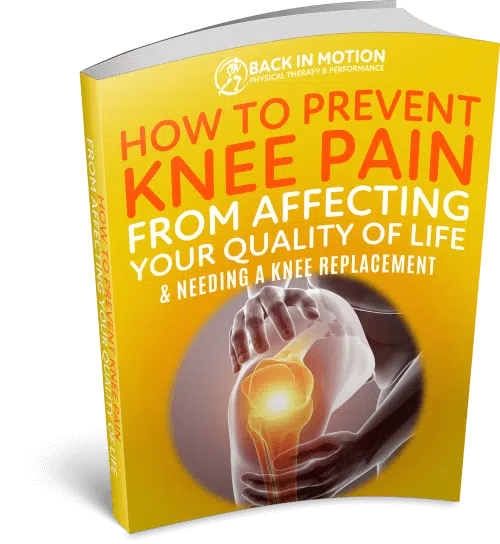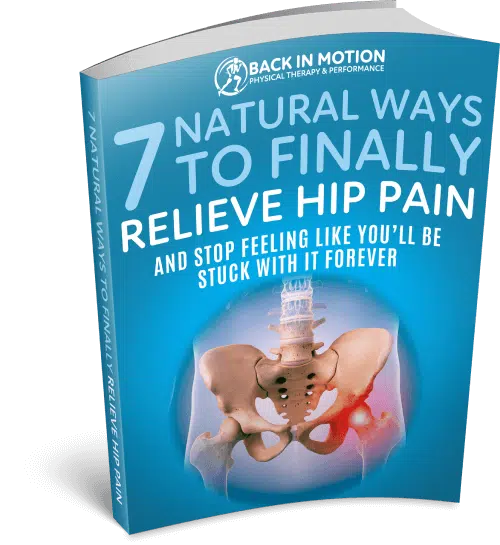Workout Pain You Should Never Ignore
Are you someone who believes in the popular workout mantra, “No pain, no gain?” If you are, then I’m afraid I might have some bad news for you. You might have to shift your perspectives a little bit when it comes to pain during workouts because, contrary to popular belief, certain kinds of pain are NOT good for your body. Ignoring such pain might only do your body more harm than good!
So, what are some pains that you should never ignore? Let’s take a look!
Pain Accompanied By Swelling
Pain that is accompanied by swelling usually spells an underlying problem that might turn into a serious issue if ignored. This type of pain typically indicates some sort of inflammation that has occurred due to injury, sprain, or a strain.
If you notice this kind of pain while working out, then it would be wise for you to immediately stop what you are doing and pay attention to the injured area. If the injury is not too bad, it might go away in a few days with rest and regular icing. However, if the pain has lasted more than a few days and the swelling is not going down, it is time to visit your doctor to get it checked out.
Pain Accompanied By A ‘Pop’
Sometimes, when you’re doing some intense stretching and exercising, you might hear a faint pop as your bones and tendons settle into place. You might even hear some clicks and grinds in your knees, hips, and joints as you work out. This is common in older adults and usually does not mean anything serious.
That being said, you do need to be concerned if the pop or click that you heard is also accompanied by pain. This might indicate either a partial dislocation or a tear in the area, which will definitely get worse if you continue to “push through the pain.”
Acute Pain
Acute pain in the body is not a normal kind of pain. This kind of pain can be felt either as a sharp or stabbing pain that you might feel while working out. This is because sharp pains typically indicate that something has gone wrong in the body in terms of a tear, a bone fragment, or a bad bone contact with another bone.
If you feel like the pain indicates any of these things, trust your gut instinct and head on over to the doctor to get it checked out.

Get You Free Report
Free Special Report Reveals….5 Ways To Stay Active With A Busy Schedule
Pain Higher Than 5 On A Scale Of 1 To 10
It is natural to feel some pain while working out, especially if you are pushing your body to do what it has never done before. However, there is a way for you to easily differentiate between the ‘good kind of pain and the ‘bad kind.
How bad is your pain on a scale of 1 – 10? If it is anywhere less than 5, then the chances are that you are experiencing a ‘good’ pain, i.e., the kind of pain that pushes your muscles to strengthen and grow. However, if you are experiencing anything before a 5, then it is definitely something to be concerned about.
Pain That Gets Worse The More You Workout
If you experience some pain while exercising, and it gradually subsides on its own during your workout, then the chances are that the pain was just an anomaly and does not mean that anything is wrong. However, if the pain does not subside or, worse, seems to get aggravated while working out, you need to pay attention to it immediately.
A worsening pain could indicate that something is wrong, and you are just putting more pressure on the injured area by continuing to work out.
Pain In Just One Area Of Your Body
Typically, it is normal to feel some amount of soreness throughout your body after a good workout. However, if you are experiencing a pain that is ‘localized’, i.e., limited to a certain area of the body, then this is an indication that something is wrong. This kind of pain is typically felt while performing certain kinds of exercises, and they might get worse the more you work out.
If the pain subsides, then you do not have to concern yourself too much with it. However, if the pain gets aggravated with the workout, you might want to stop exercising and immediately tend to it.
What To Do Next
Pain is an indication that your body is giving you that says, “Hey! Something’s wrong here!” In most cases, if your feel pain, it would be wise to listen to your body and stop what you’re doing.
Take a step back from your regular workouts until the area has healed itself. Ice the area once every 3 hours, and perform some gentle stretches and exercises to ease the pain. And if all else fails, then consult with your doctor, especially if your pain continues for a few days with no signs of subsiding.









